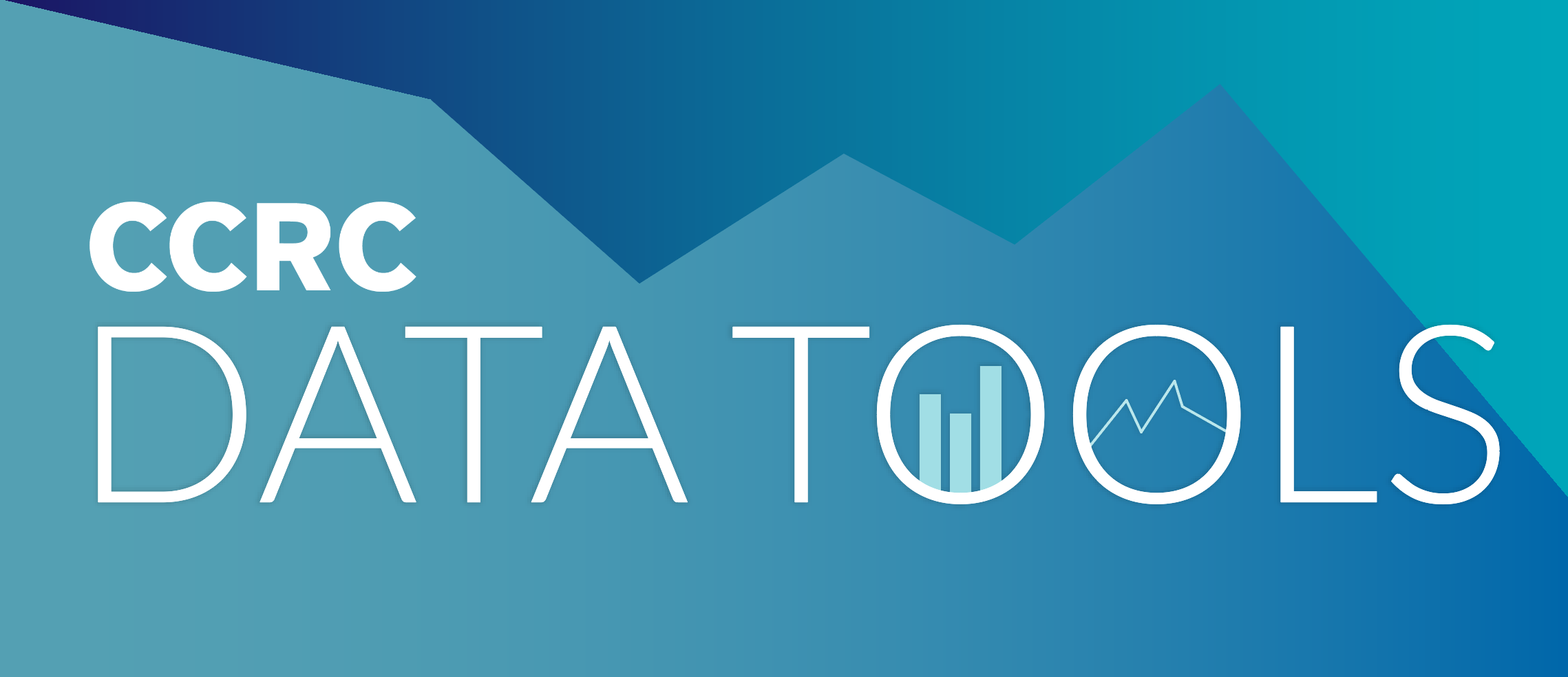By Josh Wyner and Davis Jenkins
For over 20 years, community colleges across the U.S. have been working to increase graduation rates. Substantial progress has been made through a series of scaled research-based reforms—creating clear program maps, strengthening advising systems, switching to corequisite developmental education, instituting eight-week courses, and more. The result: Hundreds of thousands of additional community college students have graduated, and significantly more have earned bachelor’s degrees after transferring to four-year colleges and universities.
Notwithstanding these gains, the sector needs to do more. Associate degree graduation rates remain too low. And only 16% of students earn a bachelor’s degree within six years of entering community college. Perhaps most troubling: Many community college graduates cannot earn a living wage because their certificates and degrees are not aligned with available good jobs.
Considering both progress made and challenges remaining, the Aspen Institute College Excellence Program (Aspen) and the Community College Research Center (CCRC) have embarked on a new reform effort called Unlocking Opportunity. Working with 10 community colleges to start, we have three main objectives: (1) Increase the number of students enrolled in and graduating from “high-value programs” that lead directly to well-paid jobs or to transfer and bachelor’s attainment in students’ field of interest, (2) decrease the number of students in “lower opportunity pathways” that are unlikely to prepare them for good jobs or bachelor’s degrees (and beyond), and (3) ensure that reforms reach all students, including students of color and those from low-income families.
Nearly two years into the project, Unlocking Opportunity college leaders and teams have embarked on promising, large-scale reforms designed to meet two goals: (1) Increase the number of students in high-value workforce or transfer programs by 28,000, including over 12,000 students of color and low-income students, and (2) decrease the number of students in lower opportunity programs by over 16,000. Aspen and CCRC are tracking Unlocking Opportunity colleges’ progress towards these goals and monitoring which strategies contribute most.
While it is too soon to assess which are most effective, we have identified a set of strategies that the 10 participating community colleges are using to achieve their quantitative student goals. To inform other colleges considering similar reforms, below are eight scaled areas of reform that Unlocking Opportunity colleges are pursuing.
- Devise strategies to expand and diversify high-value workforce programs. When Unlocking Opportunity college teams analyzed regional labor markets, they learned that there are good jobs available that are aligned with existing college programs but that those programs need to be expanded and diversified to meet workforce demand. These programs often lead to jobs In fields like health care, office and facilities management, and teaching. To expand programs leading to those jobs, Unlocking Opportunity colleges are considering how to overcome several challenges to expansion, including how to pay higher salaries to faculty who can earn more money in professions such as nursing, what can be done to scale work-based learning (including clinical placements for nurses), and how to pay for sophisticated, rapidly evolving training equipment. To diversify enrollments, colleges are reaching into geographic areas where residents have had limited opportunity to secure good jobs and connecting with workforce and nonprofit organizations that work with underserved populations.
- Strengthen or expand health care programs so all pre-health students have a pathway to a credential tied to a good job—either directly from a workforce program or after transfer and bachelor’s attainment. Multiple colleges analyzing their program enrollment patterns discovered a similar paradox: Most health care programs—including nursing, respiratory therapy, and sonography—lead graduates to good jobs, yet many students who enter community college wanting to enroll in a high-value health care program will never enter (let alone complete) one because the programs are not big enough. Several Unlocking Opportunity colleges are working to solve this by projecting the number of pre-health students who are unlikely to make it into selective health care programs, then improving opportunities for those students in several ways, including (1) increasing the number of slots in nursing and other high-value health care programs, (2) developing one or more new associate degree programs in health care management and other fields leading to living-wage jobs and the start of health care careers in their region, (3) strengthening transfer partnerships to substantially increase the number of students who are accepted into and complete bachelor’s degrees in health care and adjacent fields, and (4) where legislatively permitted, developing their own applied bachelor’s degrees in health care.
- Devise strategies to strengthen low-opportunity workforce programs. Every Unlocking Opportunity college identified programs that lead graduates, on average, to jobs that fail to meet a living-wage standard. Many Unlocking Opportunity colleges have chosen to work toward reforming those programs so graduates will earn higher wages. A starting point: assessing whether wages for some graduates are substantially higher than for others. In that case, colleges assessed what skills those graduates had learned and embedded those skills in the program: switching agronomy to precision agronomy, embedding a certificate in auto tech that led some graduates to better wages, revamping early childhood education to align with bachelor’s degrees that lead to jobs with better wages. Some also found that enough good jobs simply weren’t available in a particular field, so they opted to sunset the program.
- Intensify strategies to accelerate bachelor’s attainment. College leaders and teams analyzing their data noticed similar trends: Too few students transfer and attain a bachelor’s degree, yet most living-wage jobs in their service area require (or heavily favor) workers with a bachelor’s degree. The problem is not that Unlocking Opportunity colleges have ignored transfer reform but rather that efforts to increase credit transferability and articulation agreements have not led to scaled improvements in bachelor’s attainment. So, several Unlocking Opportunity colleges aim to strengthen partnerships with universities by increasing guaranteed or dual admission programs so many more students—including those in large-scale programs, such as business and health care—transfer and attain a bachelor’s degree. This means strengthening four-year program maps and ensuring more students make early decisions regarding their transfer destination and pre-major. A few community colleges are also expanding their own bachelor’s degree programs to avoid the credit loss that often accompanies transferring to a four-year institution.
- Connect general studies to pre-major programs. Colleges analyzing their program enrollment and labor market data came to three similar conclusions about students in general studies associate degree programs (or similar transfer degrees that do not signal a bachelor’s degree focus). First, these students are, in fact, undecided about what program they want to pursue. Second, such associate degrees have little value in regional labor markets unless accompanied by a bachelor’s degree. Third, students with these degrees have lower rates of transfer to four-year universities, and if they do transfer, they have lower rates of bachelor’s attainment than students In many other associate degree programs. To respond, colleges are revamping general studies pathways. Whether they remove general studies as an option or subdivide general studies into smaller, major-related programs, the goal is the same: Move students into pre-major associate degree tracks that will increase the chances of completing both an associate and a bachelor’s degree.
- Redesign program onboarding to increase and accelerate enrollment in high-value programs and ensure the development of full-program educational plans for all students. Upon analyzing program enrollment patterns, many teams engaged in Unlocking Opportunity realized that a large percentage of their students are not choosing a program aligned with either transfer in a major or a good job. Several colleges noticed that many students were in general studies (sometimes called liberal studies) programs, which would not prepare them for post-graduation success. To help address this problem, Unlocking Opportunity colleges concluded that they need to help many more students choose programs earlier and develop educational plans that show a path to complete those programs. To help students explore and learn about different programs and careers, Unlocking Opportunity colleges are redesigning the onboarding process to ensure that all students, regardless of educational or work experiences, explore their interests and develop an educational plan. To meet these objectives, Unlocking Opportunity colleges are rethinking and revamping how onboarding and first-year advising is structured and how advisors can meet with students more often to discuss their goals.
- Connect dual enrollment students to high-value pathways. On average, 25% of Unlocking Opportunity enrollments are high school students taking dual enrollment courses, similar to national trends. Many Unlocking Opportunity college leaders and teams realized that revamping onboarding and advising for dual enrollment students could not only help their colleges increase enrollment in and graduation from high-value programs but also help dual enrollment students see a clear path to their goals. This required considering how to advise dual enrollment students to explore careers early and develop a plan for an aligned program, as well as how to inform students about the promise associated with high-value programs and the related courses they are eligible to take. The goal: to get high school students on a high-value pathway so they enroll in community college and (as needed) transfer into and complete a bachelor’s program.
- Devise a concrete strategy to enroll adults in short-term credentials of value with ladders into credit programs. Many Unlocking Opportunity teams and leaders recognized they can do more to recruit adults in their service area into short-term programs that result in strong wage increases. Such opportunities emerged through analyses of workforce data—as well as conversations with employers—on what good jobs are available in their regions for those with less than an associate degree. Teams set targets for areas of increase, then pursued new and expanded partnerships to recruit students into programs in manufacturing, truck driving, construction, and other fields. While the primary target for such programs has been working adults, colleges are also working to expand opportunities for recent high school graduates, embedding such certificates into degree programs that enable them to earn a better salary while advancing in higher education.
These eight strategies hold tremendous promise to substantially increase the number of students in community colleges who not only complete a credential but do so in a way that sets them up for post-graduation success. That is, after all, what surveys consistently reveal college students most want and need: preparation for a rewarding and fulfilling career.
Josh Wyner is the executive director of the Aspen Institute College Excellence Program and Davis Jenkins is a senior research scholar with CCRC. Unlocking Opportunity is made possible by support from Arnold Ventures, Ascendium Education Group, Bank of America, ECMC Foundation, JPMorgan Chase & Co., and Strada Education Foundation.





